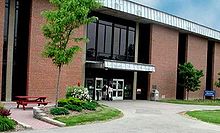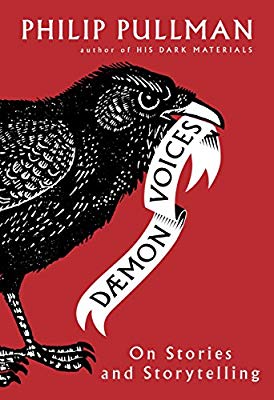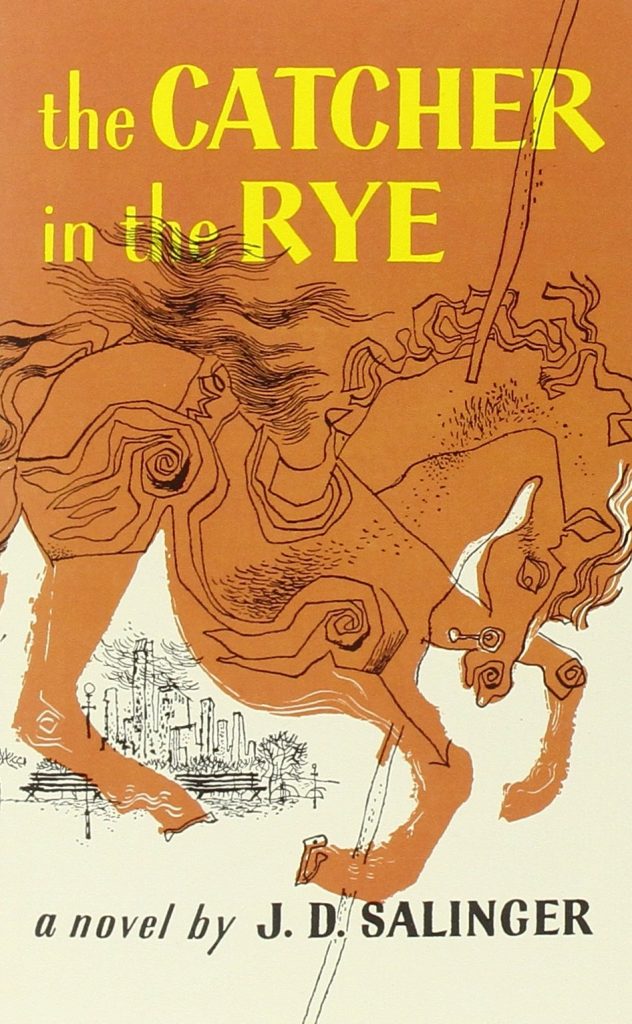As a biologist, I place a high value on a well thought-out experiment. For this reason, it is logical that my favorite text we have examined thus far is “The Reader Speaks Out: Adolescent Reflections about Controversial Young Adult Literature” by Grace Enriquez. Unlike most of the experiments I conduct, the one examined in this article took place in the classroom setting instead of a laboratory.
Experimental design is crucial
In order to have a successful experiment, one must have a clearly defined path before they begin collecting data. The basic methodology of this experiment was to ask four simple questions to middle school students:
- “What makes a book controversial?”
- “Why are books censored?”
- “How do adolescents perceive inappropriate topics?”
- “What makes a book worth reading?”
These central themes were addressed in journal entries and homework assignments, as well as class discussions. Students identified drug use, profanity, racism, violence, religion, and sexual content as the primary sources of contentsion in literature.
Who’s the gatekeeper?
In their responses, students often said they were not allowed to read about certain topics because they are not allowed to do certain activities. Students associated reading about subjects like drug use, suicide, and war with actually engaging in them. Likewise, profanity is also discouraged by parents and educators, so it is sensical to the students in this study that it should be prohibited in books too. Responses often alluded to authority figures, which did not approve of the contents of a book, rather than the students voicing their own opinions.
Oh no, there’s bias!
Although well executed, this experiment contains undeniable bias. First, students are inclined to put the answer they believe will please the audience. People have an intrinsic sense of what is right and wrong, and a desire to please others. This means that while a reader could be indifferent towards curses or another taboo topic, they might be inclined to say they will not read a book that contains it. Outside influences, including parents, could have conditioned the student to reply a certain way, unknowingly or knowingly.
This experiment was also limited by its small sample size. Only four different middle school english classes were surveyed, all of which were located in affluent suburban areas. The article also mentions that parents were involved and educated. This likely effected the results of the study, especially if parents helped or reviewed their child’s assignments. It would be interesting to conduct this experiment in a less wealthy area, or a region where parents are not home as often.
Nevertheless, bias like this is often unavoidable, and the results should not be considered tainted. Rather, they should be looked at with a critical lens, and compared to future studies with varying characteristics.
A good plot: priceless
When push comes to shove, a good plot is the biggest factor whether or not to read a book. Students were often willing to ignore the preferences of the gatekeepers if they were entertained by a story. Children are often encouraged to respect their elders authority, but young people should be free to be their own gatekeepers when reading. This allows each individual to decided what they are comfortable with, and set their own boundaries.
Source Cited
Enriquez, Grace. “The reader speaks out: Adolescent reflections about controversial young adult literature.” ALAN Review, 2006. pp. 16-23.



